Legends of Runeterra’s Expedition mode provides an interesting take on the CCG genre of Limited formats. If you’re familiar with Hearthstone’s Arena mode or Magic: The Gathering Arena’s Draft mode, you’ll immediately notice familiar aspects, like constructing a deck through a set of cards or playing until getting a large number of wins with a threat of being eliminated after a certain amount of losses.
There are many unique aspects of this Limited format to learn and good drafting and gameplay habits. Here’s what you need to learn to increase your chance at achieving that fabled seventh win consistently.
Stark differences from other games’ Limited formats
Compared to other games or even LoR’s Constructed mode, there are plenty of differences to consider within LoR’s Draft mode.
The important rule to note is that deck building restraints get looser as you gain the ability to potentially have three regions in your deck (as opposed to the usual two maximum in constructed) and you can bypass the three duplicate limit of one card. When compared to other games’ limited formats, the win/loss formatting is another unique factor.
In LoR, when you purchase an Expedition run, you get two chances at glory with two different trials. Within those trials, once you lose twice in a row at any point (or lose once you achieve your sixth win), that trial is finished with your Expedition reward being based on which trial had a larger success. Additionally, when you’re adding cards to your deck, you’re always adding either two (during non-Champ Picks) or three (during Champ Picks) cards at a time in a bucket instead of usually adding one card at a time in other Limited formats.
Controlling the bucket picks to your advantage
The important difference to reinforce with Expeditions compared to other Limited formats is that cards are distributed through the bucket system. There are three types of buckets: Champion Picks, Synergy Picks, and Wild Picks. Champion Picks are the first two buckets that you must pick in your draft. Each Champion Bucket will always have one Champion and two non-Champion cards in it.
Synergy Picks, as the name implies, are cards that work well with your deck. The Synergy Picks buckets can be influenced by your previous picks since the buckets try to match cards, keywords, and combos that you’ve already selected earlier in the draft.
Wild Picks are buckets that offer you cards that don’t necessarily synergize as well with your deck and can reach outside the boundaries of your deck’s set trajectory while still being relatively adjacent by having cards within the region you selected earlier. When the bucket is being hovered over, it reveals which region is primarily featured.
Even though the buckets and cards you receive look random, there’s an aspect of agency that you control when picking your buckets. The first Champion Pick bucket is a prime example of this because it always offers you a Champion with a two region synergy and the bucket you pick guarantees that same region to pop up in the next choice of buckets. This rule can be exempt if you pick a predominantly mono-region bucket (like a Braum’s Fluft and Tuft bucket or Demacian Steel) since it will push you toward getting non-Freljord/Demacia regions in your future buckets. The same mono-region can be offered in the next bucket, however.
Another aspect of control you have over the draft is the regions that appear throughout it. You’re allowed to have three regions and you have the choice to follow up on that offer until the sixth pick. If you also keep picking a single region throughout the entire draft, you can even force future buckets to offer you cards from one region if you can avoid picking buckets from any other regions early enough in the draft.
Understanding when your deck grows and adapts
Unlike the Limited formats in other card games, your deck evolves as you continue your draft (whether you win or lose). Whenever you’re drafting your deck and you can tell at first glance it’s weak, you always have the chance to pivot and ask yourself “What is my deck failing at? Where does my deck succeed?”
Here’s the order in how you improve your deck after each battle (with an extra chance to trade after you lose each round):
Win one: Pick a Champion Bucket.
Win two: Trade a card.
Win three: Pick another Champion Bucket.
Win four: Trade a card.
Win five: Trade a card.
Win six: Trade seven cards (but decrease this number by one for each loss your run has suffered before this point).
Every card is available to be traded away (that includes Champions as well), so take a moment during the draft to see if your deck would improve from this trade.
General drafting tips
Due to the unique nature of how LoR’s drafting works, you can afford to take certain risks with how you construct your deck. One pitfall to avoid is to not throw away an entire bucket just because there’s one bad card in it (like a Mageseeker Persuader or a Sown Seeds). In the best-case scenario, you can throw away the card during an eventual future trade. In the worst-case scenario, you can hope to avoid drawing it during your matches.
You should also analyze what the “average” performance and the “high roll” performance of your deck is. There were times when I had super high roll decks (like a Cursed Keeper into a Ravenous Butcher on turn two) that would fizzle out at two wins because the enablers weren’t drawn and average decks piloted to seven wins because I could provide relatively strong threats while having serviceable answers.
There’s also no “Golden Units to Spell” ratio one-draft fits all. Sometimes your decks will be more aggressive and threat-based, while other decks will be controlling and reaction-based—and it’s up to you to identify each circumstance as you build your deck. While the perfect end-all-be-all ratio doesn’t exist, prioritize some one to three mana units in your draft because of the way spell mana works. If you skip either of your first two turns, any mana you didn’t spend will turn into the vestigial spell mana. So while your deck may not be aggressive, having a proactive play or two by turn three is beneficial. This prevents you from being absolutely behind on tempo compared to your opponent’s early plays.
An additional aspect to consider when at a trading portion of your draft is to remember that not every trade will be as obvious as it first looks. One time I was running a hyper-aggressive Noxus/Shadow Isle draft with Darius and Decimate as a top-end finisher and I was offered to trade a Decimate away for a post-nerf Ledros.
In most constructed circumstances, a Ledros would be considered far-and-away the better card. But since the deck I drafted was aggressive, the games were either decided by turns five (with Decimate) or six/seven (when my Darius could swing at his earliest). If the game wasn’t over by that time, then usually the opponent stabilized before Ledros could start mattering at turn nine. While this anecdote sounds like a “Pro Decimate” or “Anti-Ledros” sentiment, the ultimate point is that there’s no singular answer you can achieve without taking a second to consider all of your options.
General gameplay tips
Due to the nature of how a Limited format works, your opponent won’t have every perfect answer to your problems. You can identify and ask yourself “which cards would beat me in certain scenarios?” But you don’t have to play around that card in fear of it. This doesn’t mean to never play around stuff, but you need to assess at each point of the game how much you’re willing to risk to extend your lead.
If your draft is aggressive, sometimes you can’t afford to play around certain combat tricks. If you do play around everything forever, statistically speaking, you’re giving your opponent a higher chance to draw into those eventual answers you’re playing around.
Always track your opponent’s list when you can. Since you always know exactly how many Champions are in the deck at any point (two at zero wins, three at one and two wins, and four at three wins and beyond), you can accurately read how many Champions you need to play around and when.
Observe your opponent’s Champions and adapt your mulligan. If your opponent has a lot of early snowballing Champions (like Teemo, Draven, and Zed), consider keeping a card or two that could help answer those threats (like Challenger Units, Thermogenic Beams, Culling Strikes, and Brittle Steels).
Contrarily, if your opponent’s deck is on the slower end (like an Anivia, Tryndamere, or Karma), consider trying to mulligan harder to fish for your earlier threats, especially if you know your deck can’t compete with your opponent in value later into the game.
Closing and overall tips
Don’t stay stagnant when assessing strategies and trying out new cards in Expedition. The number of varying strategies you can win with will reward you if you’re experienced enough with them. I’ve been able to achieve multiple seven-win sessions with aggressive decks, midrange decks, and control decks. Using one or three regions to achieve seven wins is just as possible as a deck using two regions.
Constant personal reevaluation of what’s “strong” will help you flourish in this format. There were cards and archetypes I felt were unbeatable. When the game was in closed beta, for example, I was a Demacian and Noxian midrange spammer. But I eventually grew to try other tactics. Riot has also shown that it’s willing to balance the cards at a regular rate and change the buckets’ offerings. So be mindful of those changes each patch and be willing to practice many different strategies.
Additionally, accepting and identifying the reason for your losses is also important because no matter how good you are, a double zero win trial is always possible (I can sadly admit I’m a part of that club). From terrible bucket offers to opponents high rolling you, some games are slated to be unwinnable from the start. It’s your job to accurately judge why you lost and what you can learn from each loss.
A couple of low win trials don’t define you. You can always bounce back and achieve seven wins in your future trials. But most importantly, Expeditions can be considered a fun way to build your collection since no matter how badly you perform on a single day, you’re always getting a Champion—and the rewards only go up from there.


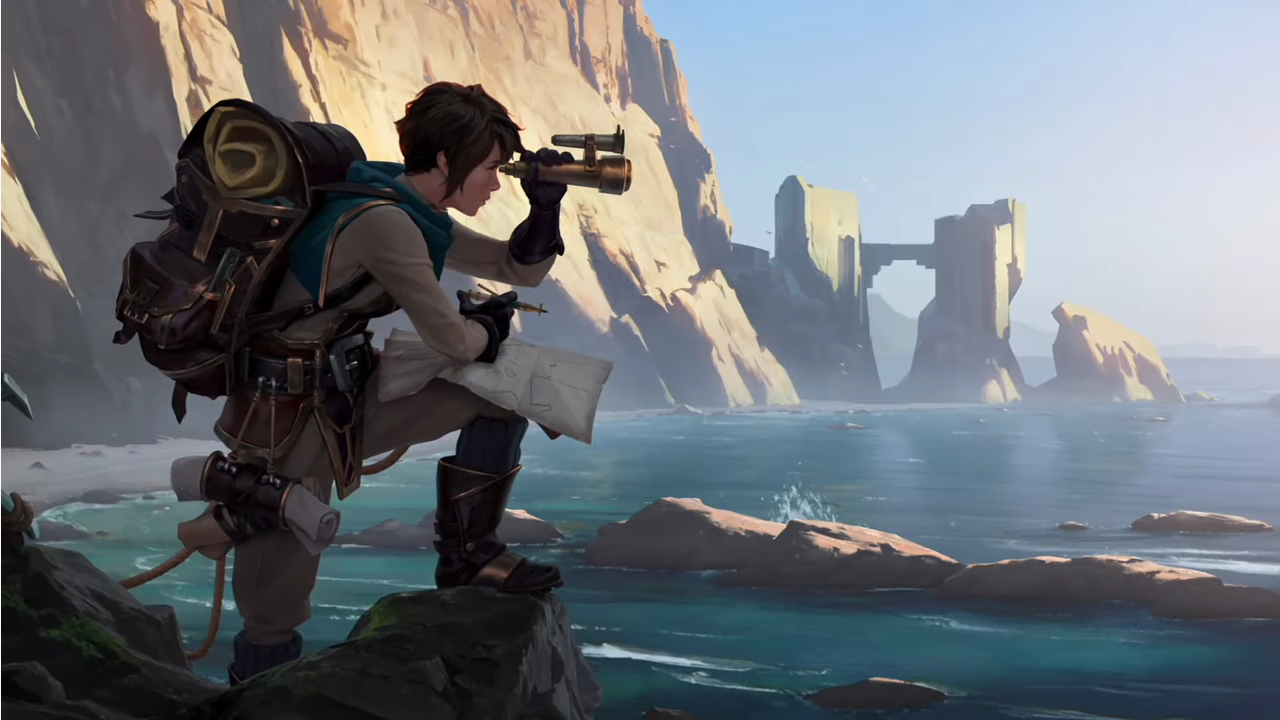
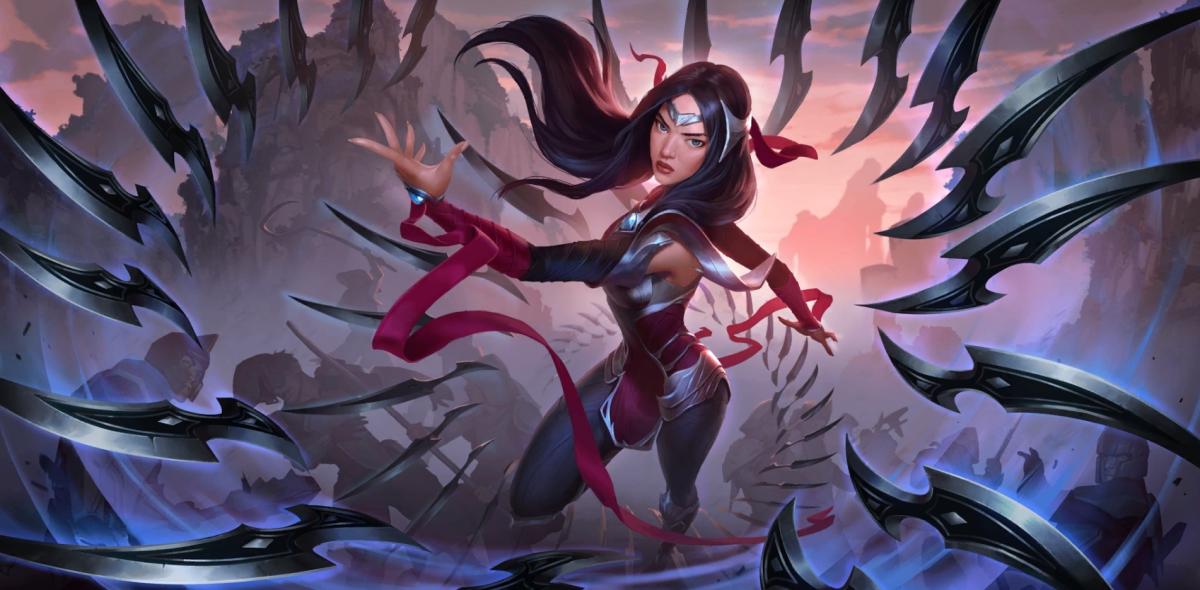
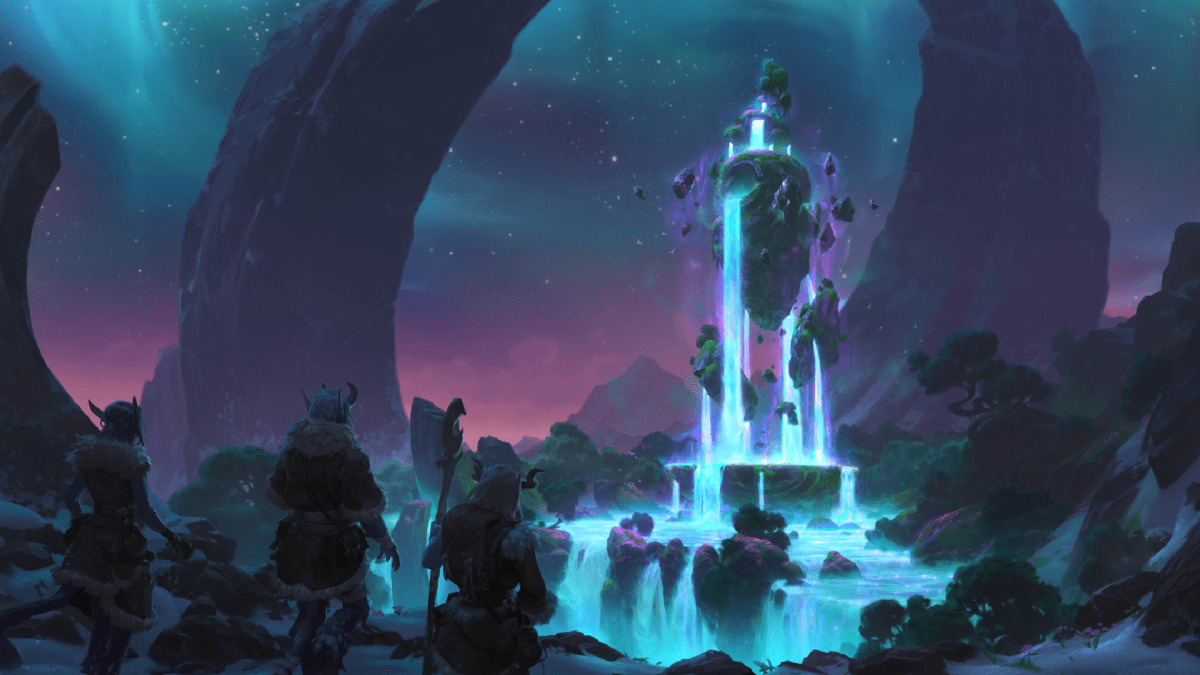
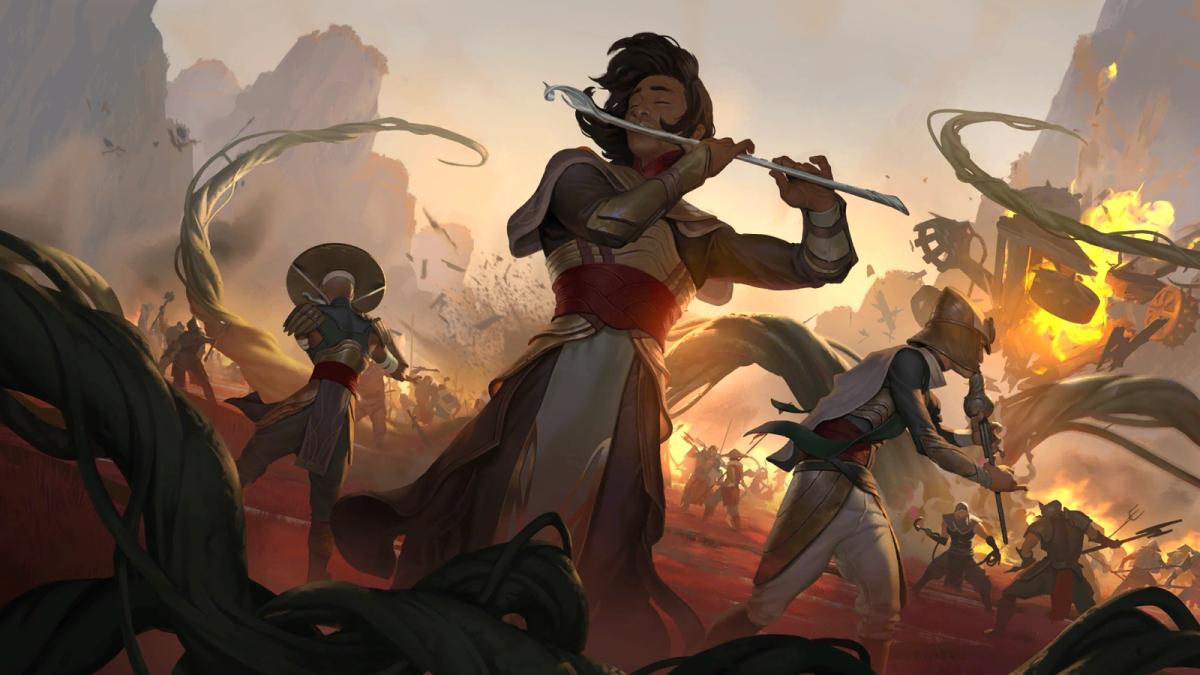
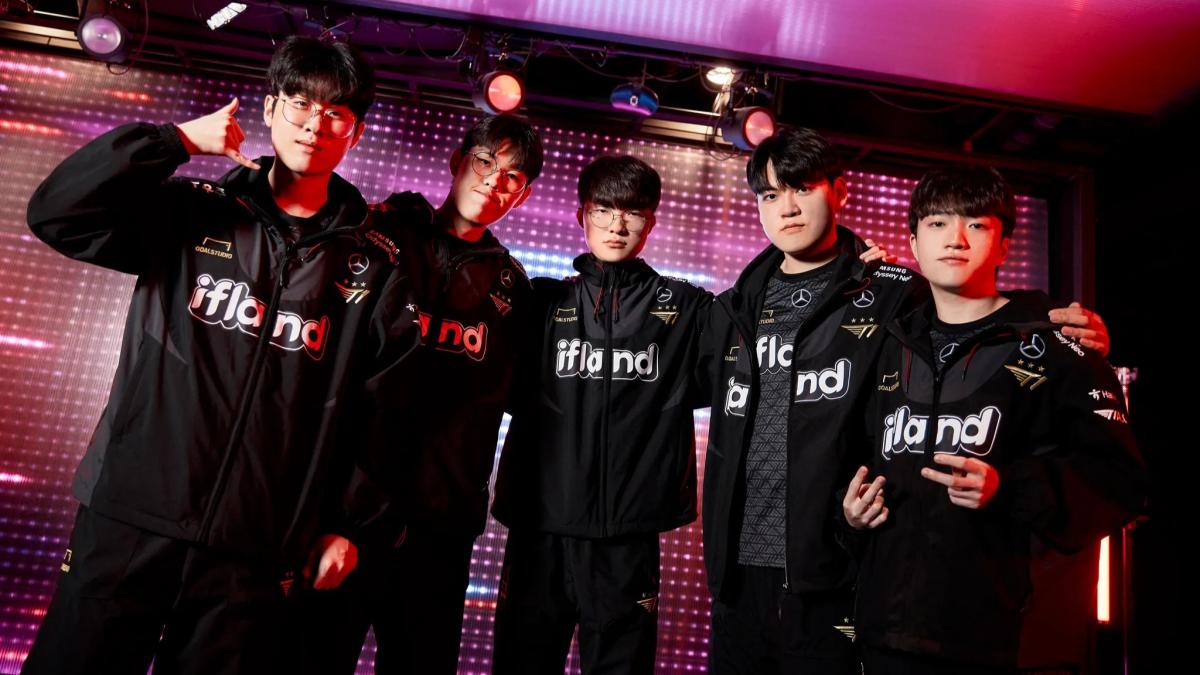

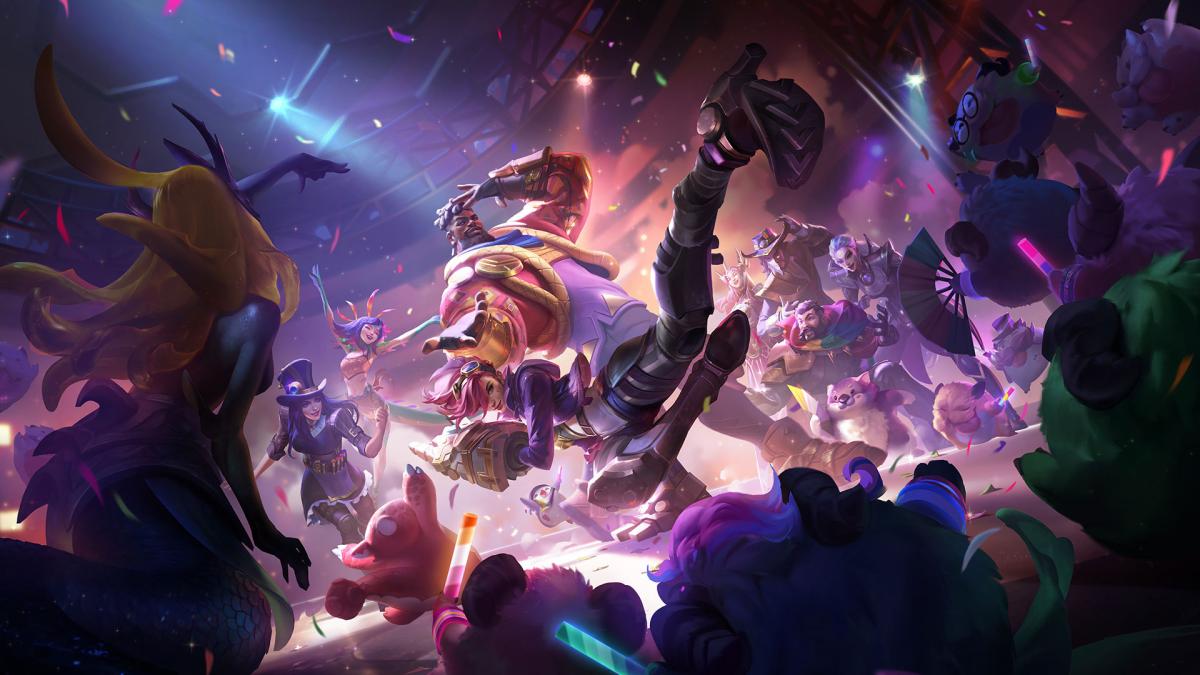
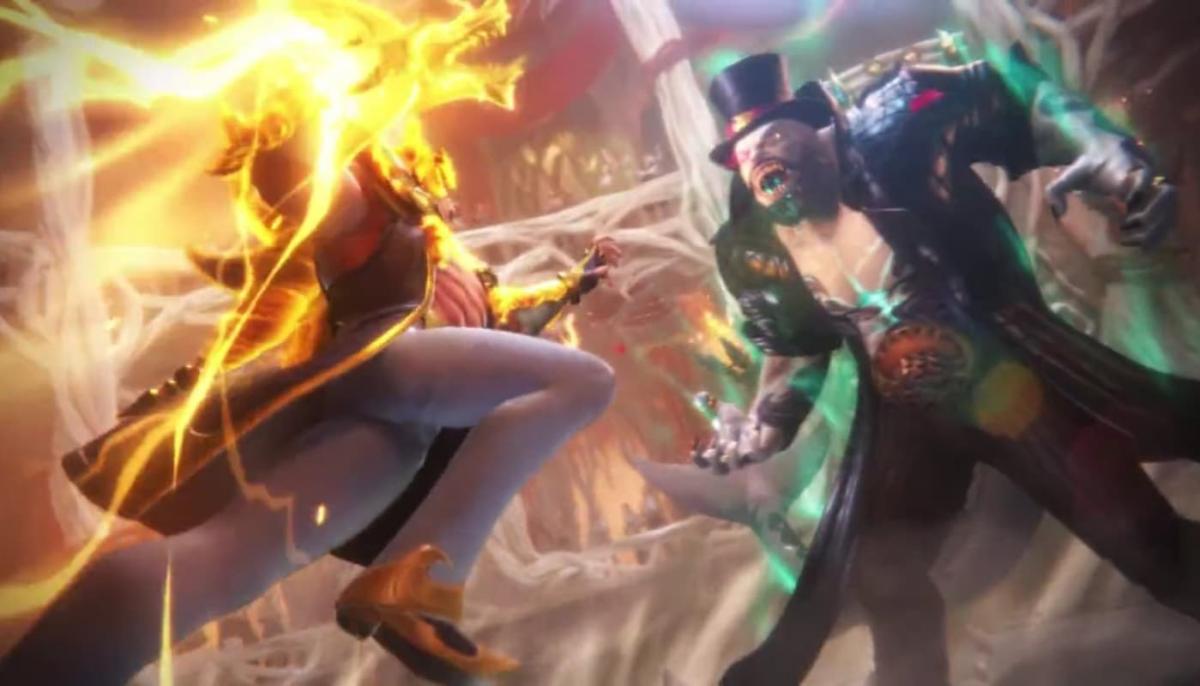
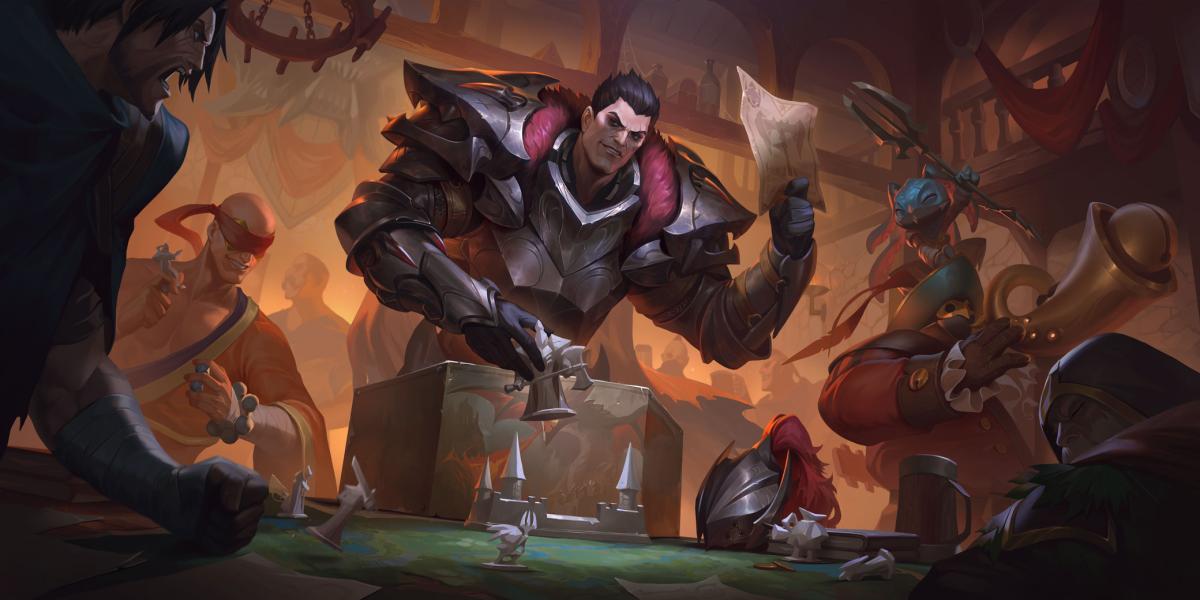


Published: Mar 18, 2020 03:23 pm